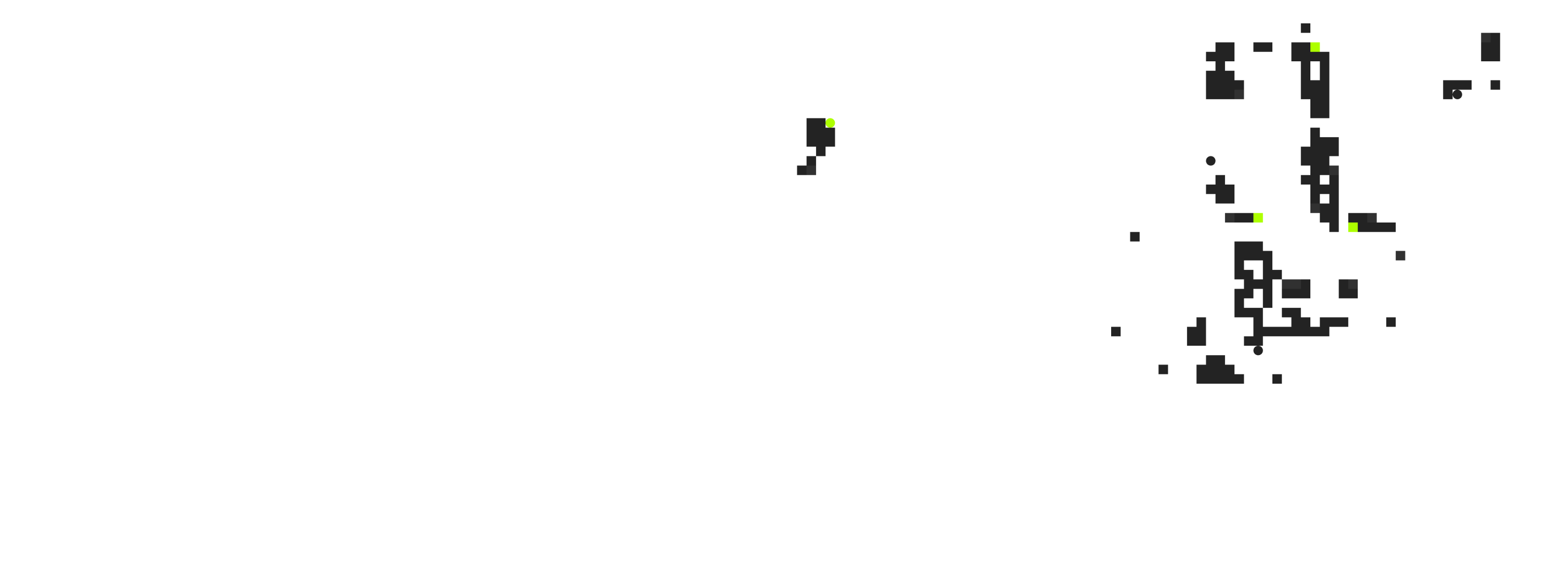How Layer Accelerated Gaming Innovation with fal
Layer + fal
Industry
Gaming & Interactive Media
Use Case
Generative AI infrastructure for multi-modal asset creation (2D, 3D, video, audio)
Results
Accelerated model deployment, reduced GPU costs, and freed engineering resources—allowing Layer to deliver world-class creative tools for game studios while maintaining a lean team.
Background
Founded in 2023 by veterans from Unity, MIT, and leading mobile studios, Layer set out to solve fragmented art pipelines. Their vision was an artist-first, model-agnostic platform where studios could generate and refine 2D, 3D, video, and audio assets with generative AI, while maintaining full creative control.
The approach quickly gained traction. Within a year, Layer raised early seed funding, launched production-ready tools like real-time sketch-to-image workflows and custom style training, and expanded into multi-modal creation.
By 2025, they had secured a $6.5M seed round led by Arcadia and investors tied to King and Tripledot Studios, fueling global expansion. Their customer base grew to 300+ studios including Zynga, SciPlay, Huuuge Games, and IGT; and, the company earned industry recognition with a “Best Use of AI” award at the Mobile Game Awards.
Layer was able to deepen its collaboration with partners by continuing to prioritize the artist experience, which has allowed the company to excel in the current landscape and achieve as a leader in AI-powered creative tools for games.
But behind the momentum was a hidden challenge, GPU infrastructure. Running clusters drained resources and distracted the team from the product their customers loved.
“We credit our switch to fal in our ability to build the best product for gaming while having the lowest amount of money raised and the smallest team. The agility is everything. fal let us compete with providers much bigger than us and still win.”

Volkan Gurel
CEO and Co-Founder
Before fal
Layer ran their own GPU clusters at very low utilization, wasting spend and engineering cycles. Early open-source models were unreliable in terms of speed and predictability, and the rapid pace of change in the ecosystem forced the small team to divide focus between infrastructure and product. It quickly became clear that this approach was unsustainable.
Why fal
The turning point came through a trusted relationship. The team had followed fal’s evolution closely and recognized an immediate fit when the company shifted its focus to GPU infrastructure. Instead of spending months on vendor evaluations, the choice was obvious. fal offered faster, more reliable infrastructure than their in-house setup, eliminated wasted GPU costs, supported new models within days of request, and provided enterprise-grade compliance required by game studios.
After fal
After making the switch, Layer unlocked dramatic gains. They were able to release new models to studios within 24 hours, keeping clients on the cutting edge of generative AI. Freed from infrastructure firefighting, the team concentrated on building the best user-facing application for creative professionals. The shift also delivered major efficiency: the startup outperformed its homegrown GPU clusters at lower cost, allowing a lean team to compete with much larger companies. This agility positioned them as a category leader in generative AI for games despite limited funding and headcount.
Next Focus and Upcoming Initiatives
Looking forward, Layer is evolving its pricing model to align with customer adoption of video generation, while expanding into new modalities and consolidating even more of the creative pipeline for game studios. What began as an early partnership has grown into a core dependency—one that enabled a small, focused team to punch far above its weight in one of the most competitive markets in technology.
“We don’t want to manage GPUs. We want to solve business use cases for game studios. fal enables us to stay focused on that mission.”

Volkan Gurel
CEO and Co-Founder
